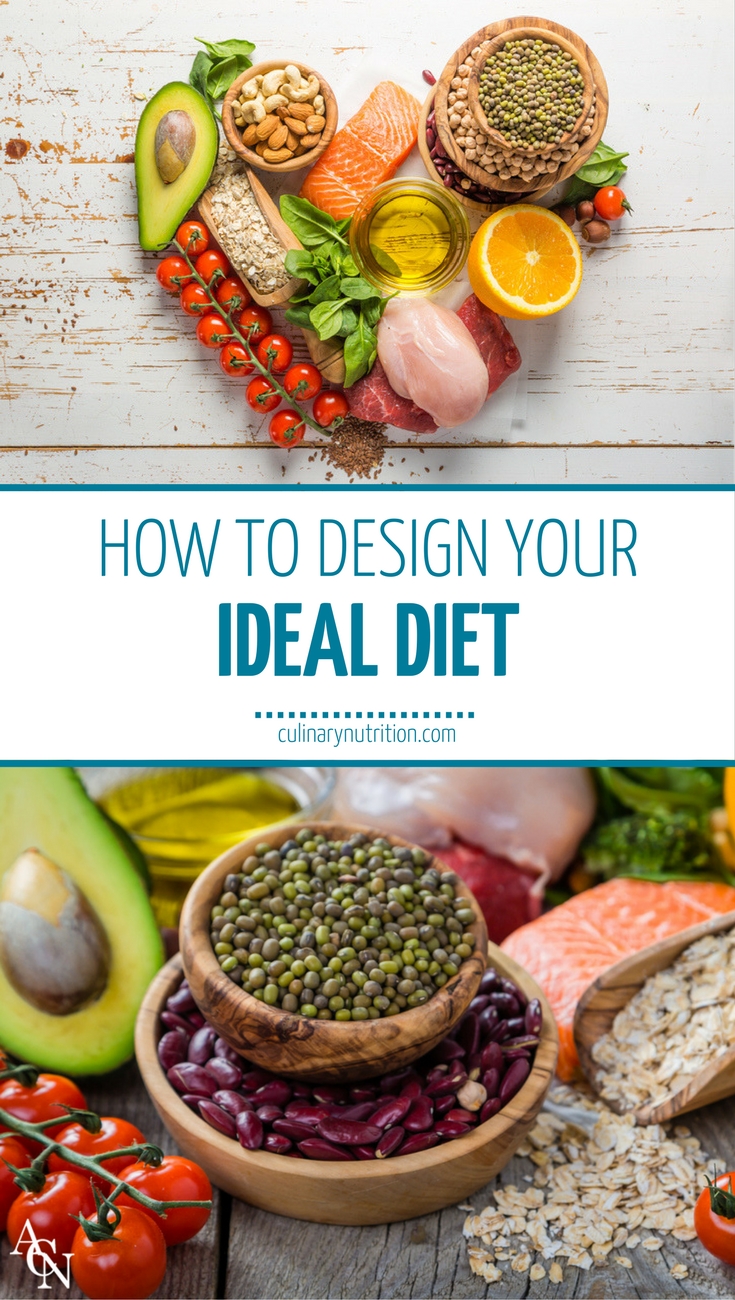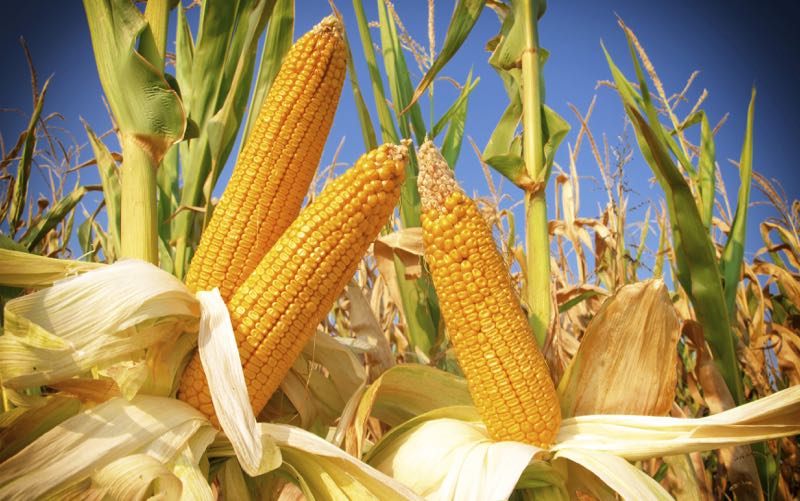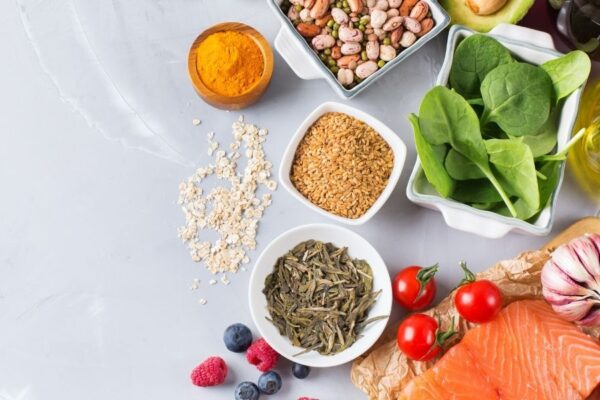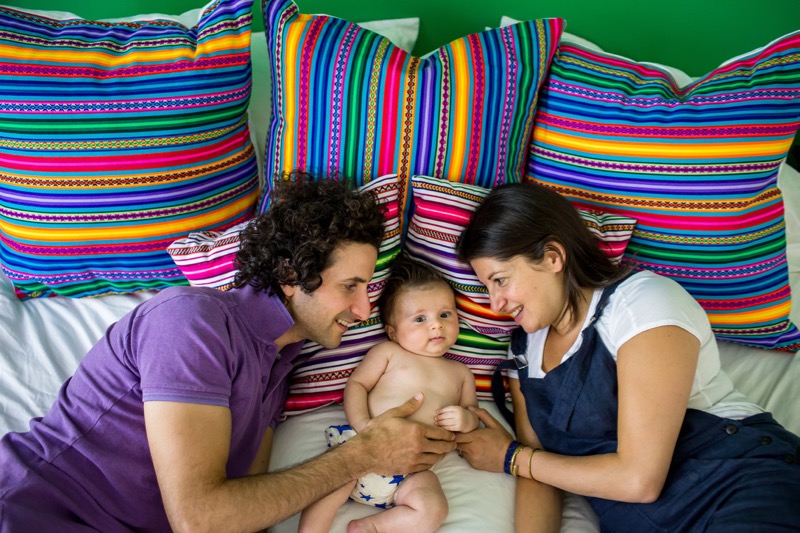How to Design Your Ideal Diet
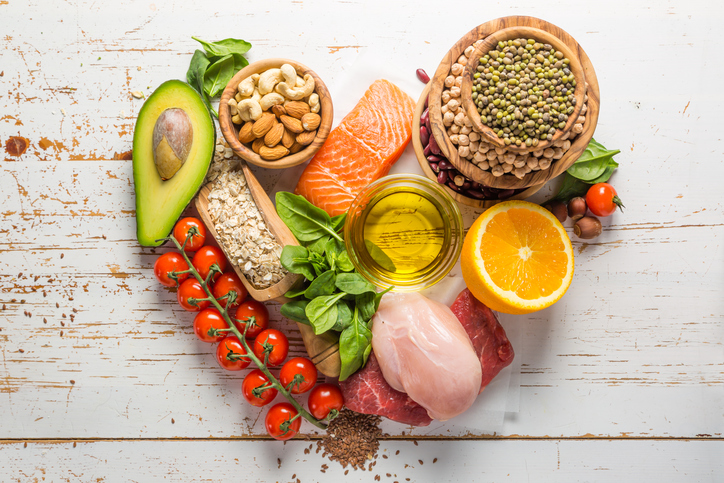
Choosing a diet for yourself can be fun, but also overwhelming. There are over 100 different dietary theories out there today, and it can be hard for us to choose which one is the ideal diet for us and our families.
When I began The Culinary Nutrition Expert Program, my first assignment was to develop my own written food philosophy. Because I had my own health coaching practice for five years, I already had a fairly solid understanding of my food philosophy or where I stood when it comes to food. But I wanted to dig deeper and really explore what that meant for me and my family.
Finding My Ideal Diet
Over the course of my healing journey, my food philosophy has evolved. I struggled with weight issues, high cholesterol, allergies, autoimmune disease and frequent illnesses. In the beginning, I was focused on losing weight and feeling better – having more energy.
I cut out highly processed and packaged foods containing high fructose corn syrup, partially hydrogenated oils and preservatives. In the 1980’s and 1990’s, I ate a lot of fat-free and low-fat foods. I immediately threw those foods out and replaced them with full-fat versions. I started adding in more vegetables as well.
As I started to lose weight and gain more energy, I found myself in the kitchen more and began to enjoy the process of cooking and developing new recipes for my family. Soon, I started visiting farmer’s markets and began learning about local farming practices. I made new friends with farmers and producers and really began to understand the complexities of sustainable farming practices. This is when I really began to shift my belief system.
I developed relationships with farmers, market vendors, beekeepers, herbalists, kombucha makers, and produce growers. These new friendships deepened my understanding of our food economy, how the government is so involved in our food and how we truly can create change with our purchasing habits. Supporting these folks became a way of life. I knew my food, the people who grew it and how it was being processed.
Currently, all of my meat, eggs, raw honey, herbal medicinal teas and produce come from local farms. I do supplement some fruit, vegetables and snack foods from a local grocery store though. These connections enabled my children to have a better understanding of where our food comes from as well. These see the happy cows, romp around with the piglets, and chase after chickens on the farm near our home. It makes for a fun, family outing.
Why is this important to do?
I personally feel as a society we have moved so far beyond a connection with our food. We’re eating dinner at the drive-thru, snacks that come in packages and boxes instead of whole foods and we turn a blind eye to the atrocities of conventional animal feeding operations.
Some may think that I may be or should be a vegetarian given what I know, but my body craves meat – not a lot, but some. So, I choose to source locally-raised, pastured animals fed their natural diet of grass (and bugs for the chickens). I believe that every person is different and we each have individual biological dietary needs. Therefore, we must each develop an ideal diet that works for our individual bodies. However, I do believe that everyone could benefit from eating whole, unprocessed foods, small amounts of grass-fed meats if necessary, organic produce and support local agriculture while doing so.
How To Design Your Ideal Diet
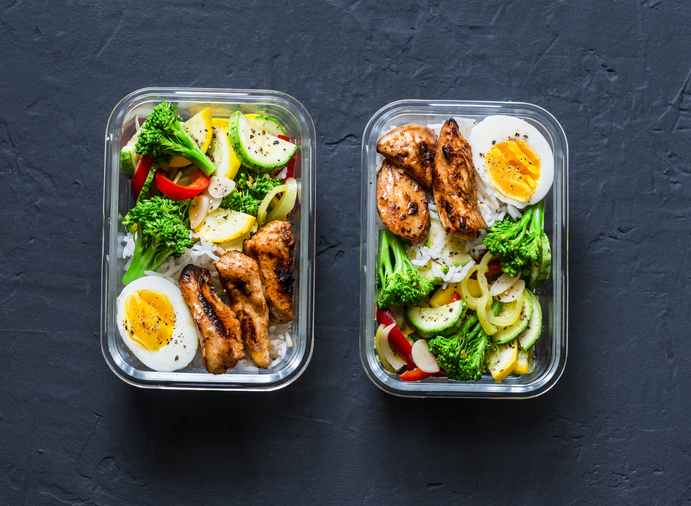
With all of the dietary theories to choose from, don’t feel compelled to select one and proclaim to the world how you eat. That’s your business and no one else’s. You can decide if you feel good eating meat or fish or if a vegetarian diet is right for you. Or, perhaps you want to mix it up, like I do, and eat vegetarian one day and fish the next – I call that the “flexitarian diet.”
But how do we actually put this into practice? Here are some things to consider when you start to design your ideal diet.
1. Develop your own Food Philosophy
This essential first step guides your decision making when it comes to food. Here’s mine:
My Personal Food Philosophy: Eat S. L. O. W. (Sustainable. Local. Organic. Wild.) My motto for the last five years has been to choose foods that are sourced ethically and sustainably. I try to choose local whenever I can and support my farmer friends who live nearby. I choose Organic as much as possible to avoid the “processed” stuff and often go “Wild” – for example, I will forage for wild herbs and plants and choose wild over farmed seafood. Plus, it’s just a reminder to “eat slowly,” or mindfully, which is great for digestion.
In addition to what I’ve discussed above, some of the things you may want to consider in your philosophy are:
- What you like to eat
- Where your food comes from
- What you’d want someone to cook you for dinner
- How you make food decisions at the grocery store or market
- What’s your dream meal?
2. Consider what is locally available
We all love avocados and bananas, but for many of us around the world these foods aren’t local. I’m not saying you should never eat them – however, it’s important to also consider what foods are abundant in your area, and also what’s in season. Local foods contain more nutrients than those that were picked weeks ago and shipped across the country.
In an ideal world, your ideal diet would focus on what you have access to. This allows us to support local businesses and farms, reduce our environmental impact and eat food that is freshest – which is going to be great for our health!
3. What are your activity levels?
Consider how active you are. If you’re training every day, your nutrient requirements are going to be higher than someone who has a desk job and isn’t working out several times a week. On days when you’re more active, you may need more protein to fuel your muscles and on days when you’re working at a desk you may need to eat a simpler meal like a salad with a healthy fat to keep your brain functioning optimally. You may need more protein, water and electrolytes if you’re working out consistently.
4. What is your health situation?
If you’re suffering from an autoimmune disease, an inflammatory condition or battling an illness, your diet will need to reflect these concerns. Those with autoimmune disease need to avoid inflammatory foods, like gluten, dairy, sugar and possibly nightshades (you can grab a complete Anti-Inflammatory Diet + Lifestyle Guide here).
Conversely, if you have a family history of illness and want to prevent disease, you need a diet high in superfoods, antioxidants, fermented foods and plant-rich meals.
5. Demographic Factors (age, gender, etc.)
Typically, males need more protein and complex carbohydrates than women. They also have different micronutrient needs. People need specific nutrients at each stage of life, so take into consideration where you are in life and what your micronutrient needs are at this time and as you age.
Children will also need varied nutrients at different stages of development to ensure their bodies and minds are ready to grow and learn.
6. Your Lifestyle
One of the biggest factors is how your ideal diet will fit in with your lifestyle. If you’re balancing a full-time career, family life, religious or school functions and hobbies that keep you busy night and day, then you need to determine how to carry over your food philosophy into your lifestyle.
Perhaps you don’t enjoy cooking or don’t have much time to spend in the kitchen. You may need to research easy dinner hacks, start a cooking cooperative or find food delivery companies that align with your food preferences to help you meet your goals.
You may have to shift your priorities to align with your new lifestyle. For example, if I know I have a busy week ahead, I meal plan, shop and batch prep a few meals on the weekend when I have more time.
7. Dietary Preferences
You’ll also want to weigh in your allergies, sensitivities and general foods that you dislike. Some people do well on carbohydrates and others do not. Jot down how you feel and start to make the connection between food, your mood and energy levels after you eat.
8. The Research
Nutrition research is one of those areas that will never, ever be settled. We’re learning more and more about nutrition science every day. But you have to be careful where that science is coming from and who is paying for the studies. Many doctors use bias to make their points – meaning they will cherry-pick statistical data to prove their point.
You’ll find hundreds of studies saying that veganism is best or Paleo is the way to go, or everyone should be eating a raw food diet. Research your diet thoroughly from numerous sources to get a well-rounded point of view.
9. Trial and Error
Don’t be afraid to make mistakes along the way. I once tried to eat raw foods for a week and had such tummy troubles that I was miserable. Be open to trying new foods and diets, but remember to be in tune with your body and how you feel.
Choosing an ideal diet is an evolving process, but it’s an enjoyable one too. Remember, if your ideal diet isn’t sustainable – meaning something you can do for the rest of your life – then it won’t work for you. Try to create a plan or way of eating that works for your body and your lifestyle.
Free Resource Library
Enjoy more than 40 downloadable guides, recipes, and resources.















